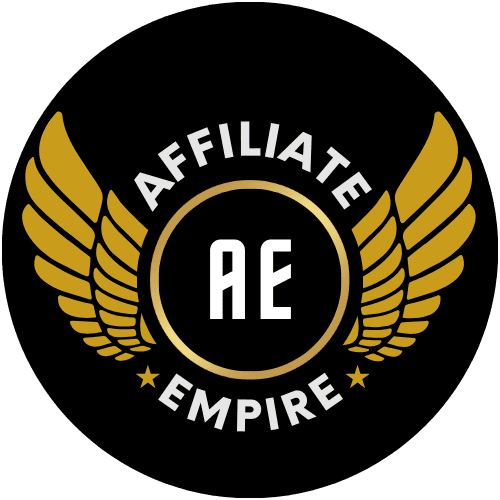
Affiliate marketing has become a popular method for bloggers to earn income by promoting products and services through compelling content. However, the success of an affiliate blog hinges significantly on its content strategy. In this post, we will explore effective content strategies that can transform your affiliate blog into a profitable venture, ensuring that your content not only attracts but also engages and converts your audience.
Understanding Your Audience
The first step in crafting an effective content strategy is understanding who your audience is and what they need. Your content should cater to the interests, problems, and questions of your audience. Use tools like Google Analytics to analyze demographic data and user behavior. Engage with your audience on social media platforms to gain insights into their preferences and feedback. This data will guide you in creating content that resonates deeply with your readers, making it more likely that they will click on affiliate links.
Content Planning and Strategy
Once you know who you’re writing for, the next step is to plan your content strategically. Create a content calendar that outlines what topics you will cover and when you will post them. This not only keeps you organized but also ensures that your content is timely and relevant. Diversify your content types to keep your blog interesting. For instance, mix traditional blog posts with videos, infographics, or podcasts to cater to different audience preferences. Additionally, integrate Search Engine Optimization (SEO) best practices to enhance your visibility in search engine results, driving more organic traffic to your blog.
Writing Engaging and Persuasive Content
Engagement and persuasion are crucial elements of successful affiliate content. Start with compelling headlines that grab attention and make clear promises about what your content will deliver. Your introduction should hook the reader by addressing a problem or question they care deeply about, and promise a solution. Use a friendly, conversational tone throughout your posts to make them more relatable and engaging. Employ persuasive writing techniques such as using active voice, showcasing benefits, and incorporating compelling calls to action that encourage readers to click on affiliate links.

Using Multimedia to Enhance Posts
Incorporating multimedia elements can significantly enhance the appeal and effectiveness of your content. Visuals help break up text, making your posts more readable and engaging. Use high-quality images that relate directly to the content or demonstrate the use of a product. Including videos can be particularly effective, as they have the potential to significantly increase user engagement and time spent on the page. Tools like Canva and Adobe Spark allow even novice creators to produce professional-quality graphics and videos, adding value to your written content.
Leveraging Social Proof and Testimonials
Social proof is a powerful tool in affiliate marketing, as people tend to trust the opinions and experiences of others. Incorporate testimonials, user reviews, and case studies into your content to enhance credibility and reassure potential buyers of the quality and effectiveness of the products you promote. When readers see that others have benefited from a product, they are more likely to consider purchasing themselves. Highlight these testimonials prominently in your posts, especially near affiliate links or call-to-action buttons to maximize impact.
Promotion and Distribution of Content
Creating great content is only half the battle; promoting it effectively is equally crucial. Leverage social media platforms to share your posts, engage with followers, and reach a broader audience. Tailor your approach for each platform to suit its unique style and audience. For example, Pinterest is excellent for infographics and visually appealing content, while Twitter is ideal for quick, timely updates and engaging directly with followers. Email marketing is another powerful tool for promoting your content. Build a subscriber list and send regular newsletters that include links to your latest posts, exclusive content, or special offers. This keeps your blog top of mind for your audience and drives consistent traffic to your site.

Monitoring Performance and Adjusting Strategies
To continuously improve your content strategy, it’s essential to monitor the performance of your posts. Use analytics tools to track metrics such as page views, bounce rate, and affiliate link clicks. This data will help you understand what content performs best and what doesn’t resonate with your audience. Pay attention to the SEO performance of your posts as well. Tools like Google Analytics and Ahrefs can help you track your rankings and identify opportunities to optimize existing content for better search visibility. Regularly updating your posts with new information, better keywords, and optimized images can dramatically improve their reach and effectiveness.
Based on these insights, adjust your content strategy. For example, if you find that posts about a particular topic or format consistently perform well, prioritize similar content in your future planning. Conversely, if certain types of content do not perform well, it may be time to reevaluate their place in your content calendar.
Conclusion
Developing an effective content strategy for your affiliate blog requires a mix of creativity, strategic planning, and ongoing optimization. By understanding your audience, creating engaging and diversified content, and leveraging powerful tools like social proof and multimedia, you can significantly enhance the appeal and effectiveness of your blog. Promote your content strategically and monitor its performance to continuously refine your approach. With persistence and flexibility, your affiliate blog can grow into a significant source of income and a valuable resource for your readers.





